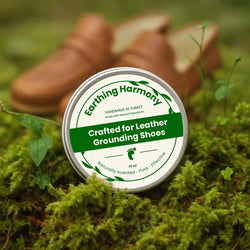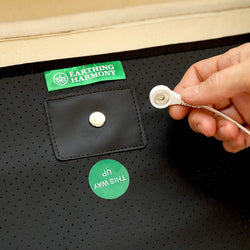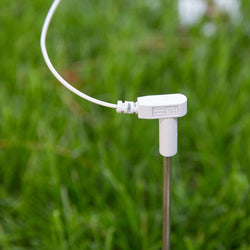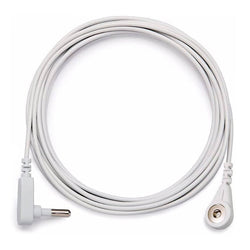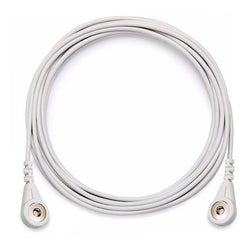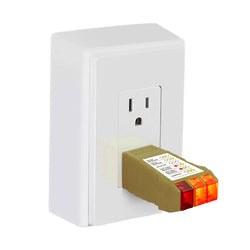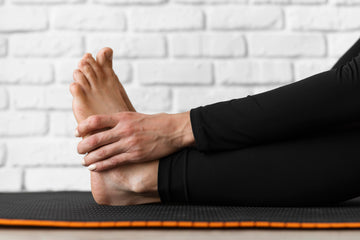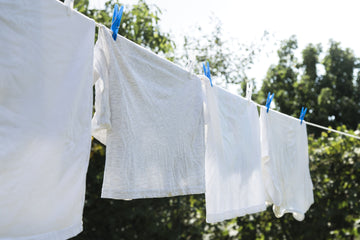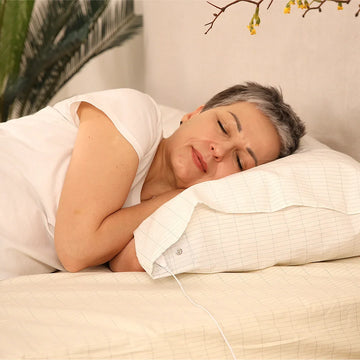Living With Plantar Fasciitis Pain
If you’ve ever felt a sudden stabbing pain in the bottom of your foot the moment you step out of bed, you may already know what it’s like to live with plantar fasciitis pain. For some people, the discomfort feels like walking on broken glass; for others, it shows up as a dull ache that never quite goes away. Either way, the condition can be life-altering.
Plantar fasciitis is one of the most common causes of heel pain, affecting millions each year. It doesn’t discriminate; athletes, teachers, nurses, and office workers alike all experience the strain. The pain can creep up slowly or appear suddenly, making everyday activities like walking, running, or even standing still feel like a challenge.
Conventional treatments like physical therapy, supportive shoes, or rolling a frozen water bottle under the arch can bring relief. But increasingly, people are looking for ways that address not only the physical strain but also the underlying inflammation. One of those approaches is grounding for plantar fasciitis pain relief, a natural practice that reconnects the human body with the earth’s surface to encourage healing.
This article will guide you through everything you need to know:
-
What exactly plantar fasciitis is and why it hurts so much.
-
How the plantar fascia works under the strain of body weight and movement.
-
Why grounding might help calm fasciitis pain and support healing.
-
Ways to combine grounding with conventional treatments to not only relieve pain but also prevent plantar fasciitis from returning.
By the end, you’ll have both practical strategies and a deeper understanding of how nature and your own body’s immune response, can work together to create relief.
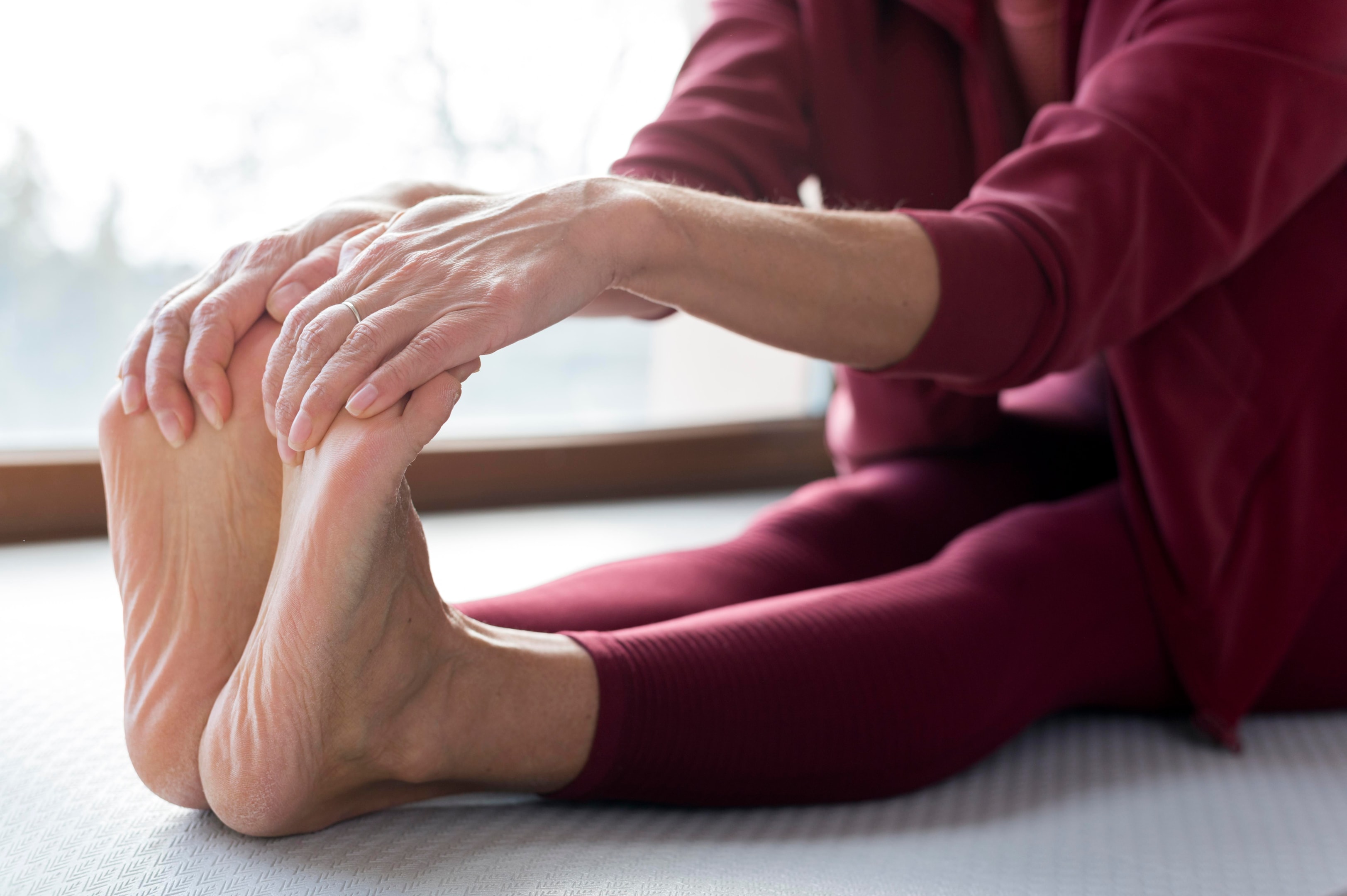
What Is Plantar Fasciitis?
The Plantar Fascia: A Small Structure With a Big Job
The plantar fascia is a band of strong connective tissue that runs along the bottom of your foot, stretching from the heel bone to the toes. Though thin, it’s incredibly important: it supports the arch, absorbs shock from movement, and provides stability with each step.
Every time you walk, run, or even stand, your plantar fascia helps distribute body weight evenly. It works alongside the foot and calf muscles to cushion impact and prevent further injury to delicate joints and ligaments.
How Plantar Fasciitis Pain Develops
Problems arise when the plantar fascia becomes irritated or strained beyond its capacity. This often happens gradually, with tiny microtears forming in the connective tissue. Over time, the immune response kicks in, sending inflammation to the area. Instead of healing smoothly, the fascia stiffens, causing pain.
That’s why many people feel the worst heel pain first thing in the morning. After rest, the fascia tightens. Standing stretches it suddenly, triggering sharp, stabbing pain. For some, it eases throughout the day; for others, it lingers, developing into chronic inflammatory stress that affects mobility long term.
Risk Factors for Plantar Fasciitis Pain
Flat Feet and High Arches
Both flat feet and overly high arches can cause abnormal strain on the fascia. Without the right arch support, the plantar fascia stretches and pulls, setting the stage for fasciitis pain.
Excess Body Weight
Every pound of body weight puts added pressure on the plantar fascia. Carrying extra weight increases the risk of microtears, and once inflammation begins, healing can take longer.
Unsupportive or Poorly Fitted Shoes
Supportive shoes are essential for keeping the fascia aligned. On the other hand, a poorly fitted boot or thin-soled footwear leaves the fascia vulnerable. Long hours in these conditions can worsen foot pain and trigger flare-ups.
Tight Calf Muscles
When the calf muscles are too tight, they pull on the heel bone and strain the fascia. This creates imbalance in the foot and calf muscles, often requiring stretching exercises and strengthening exercises to correct.
Heel Spurs
Chronic fasciitis pain may lead to heel spurs — calcium deposits that form along the heel bone. These aren’t always painful themselves, but they can worsen irritation of the plantar fascia.
Occupation and Lifestyle
Spending long hours on your feet, especially on concrete or tile floors, increases risk. Teachers, nurses, factory workers, and retail staff are often affected. Lack of breaks, combined with wearing shoes without arch support, is a recipe for strain.
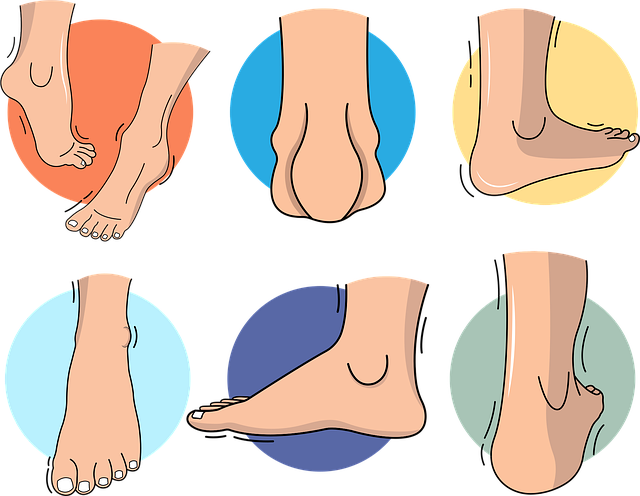
Understanding Foot Pain in Plantar Fasciitis
Foot pain is one of the earliest warning signs of plantar fasciitis. While the condition is often associated with heel pain, discomfort can radiate through the arch or even into the toes. Many people describe it as a burning ache or sharp stabbing pain in the bottom of the foot after standing for long periods.
This type of foot pain comes from irritation of the plantar fascia, the thick connective tissue that supports the arch. When strained, the fascia loses flexibility, leading to stiffness, swelling, and microtears. Addressing foot pain early with supportive shoes, stretching exercises, and grounding practices helps stop the condition from becoming chronic.
How to Prevent Plantar Fasciitis Before It Starts
The best strategy is not only to treat plantar fasciitis but also to prevent plantar fasciitis from developing in the first place. Prevention requires daily habits that protect the plantar fascia:
-
Wear supportive shoes with cushioned soles to reduce stress.
-
Maintain a healthy body weight to lessen pressure on the arch.
-
Stretch the calf muscles and foot and calf muscles regularly to avoid tension.
-
Use shoe inserts if you have flat feet or high arches.
-
Practice grounding to improve blood flow and balance stress in the autonomic nervous system.
By protecting the fascia before it becomes inflamed, you reduce the chance of developing fasciitis pain and the risk of heel spurs or other further injury.
Conventional Approaches to Treat Plantar Fasciitis Pain
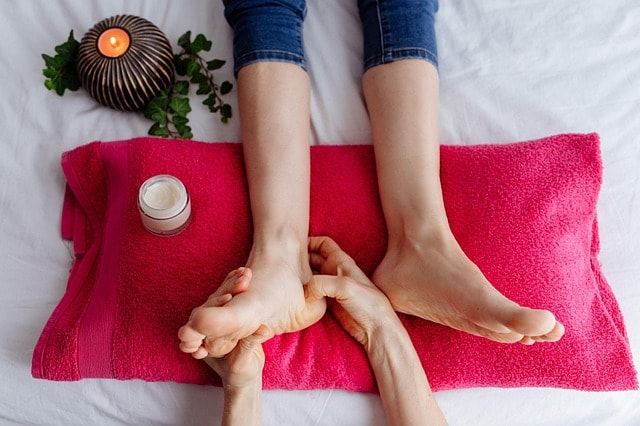
Physical Therapy and Professional Guidance
A physical therapist is often the first line of care for plantar fasciitis pain. Through targeted physical therapy, patients learn stretching exercises and strengthening exercises that release tension in the calf muscles and restore balance to the plantar fascia.
Examples include:
-
Calf stretches against a wall to lengthen tight calf muscles.
-
Toe curls and towel scrunches to activate the foot and calf muscles.
-
Balance exercises that retrain posture and reduce strain on the fascia.
These approaches not only help relieve pain but also help prevent plantar fasciitis from returning by addressing the root causes.
Supportive Shoes, Inserts, and Walking Aids
Wearing supportive shoes is essential to take pressure off the plantar fascia. For those with flat feet or abnormal arches, shoe inserts provide added stability.
In more severe cases, doctors may recommend a walking boot or walking cast to immobilize the foot temporarily, giving the fascia time to heal without additional stress. While these aids provide protection, they are usually a short-term solution, as prolonged immobilization can weaken the foot and calf muscles and risk further injury.
At-Home Remedies
Simple at-home methods can also help reduce pain:
-
Rolling a frozen water bottle under the bottom of your foot to reduce inflammation.
-
Using a massage ball to gently release tension in the arch.
-
Applying ice packs after long periods of standing to soothe fasciitis pain.
These methods are often combined with physical therapy and supportive shoes to maximize healing.
Why Plantar Fasciitis Pain Becomes Chronic
For some people, plantar fasciitis heals within a few months. But for others, the condition turns into a chronic inflammatory problem that lingers for years.
Incomplete Healing of Connective Tissue
When tiny tears in the connective tissue of the plantar fascia don’t heal properly, scar tissue forms. This scar tissue is less flexible, making the fascia more prone to reinjury and persistent fasciitis pain.
Strain From Everyday Life
Even when treated, repeated stress from body weight, flat feet, or unsupportive shoes can prevent the fascia from fully recovering. Each day of strain adds up, prolonging inflammation.
Poor Circulation and Immune Response
Healthy healing requires strong blood flow and a responsive immune system. In people with poor circulation, high blood viscosity, or impaired immune response, the healing process slows. That’s why treatments that improve blood flow, such as grounding, may play an important role.
The Role of Blood Flow in Healing Plantar Fasciitis
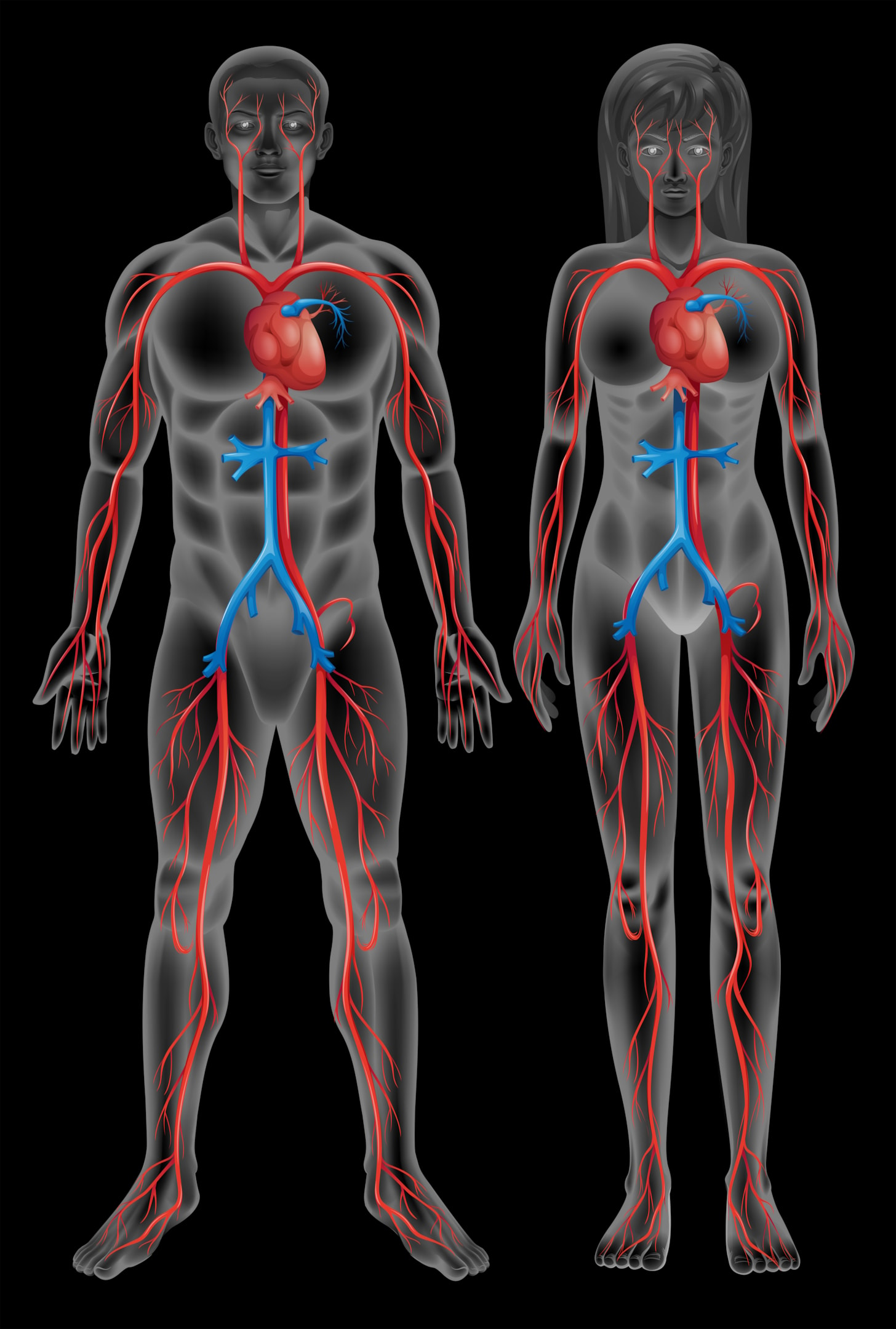
Healthy blood flow is essential for recovery. Oxygen-rich circulation delivers nutrients to the plantar fascia, repairing microtears and building healthy tissue. Poor circulation or high blood viscosity slows healing, allowing inflammation to linger.
Grounding improves blood flow naturally. Research on human subjects shows that grounding can enhance the perfusion index and increase blood oxygenation. This means more oxygen reaches the fascia, speeding wound healing and reducing swelling. For anyone struggling with slow recovery, supporting blood flow may be just as important as stretching or footwear.
Plantar Fasciitis as a Chronic Inflammatory Condition
For many, plantar fasciitis pain doesn’t go away after a few weeks. Instead, it becomes a chronic inflammatory condition, where the body’s own healing response remains stuck in overdrive.
Chronic inflammation stiffens the connective tissue, causes recurring fasciitis pain, and increases the risk of heel spurs. Over time, this cycle impacts mobility, mood, and overall well being.
Grounding interrupts this pattern by delivering earth’s electrons into the human body, helping neutralize free radicals that fuel chronic inflammatory stress. Combined with physical therapy, strengthening exercises, and supportive shoes, grounding offers a pathway to break free from long-term inflammation and return to pain-free movement.
The Science of Grounding for Pain and Inflammation
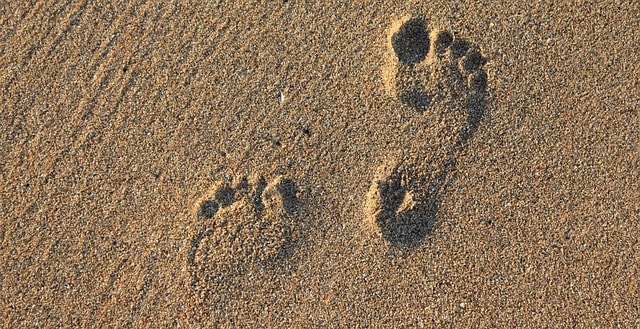
What Is Grounding?
Grounding, or earthing, is the practice of reconnecting the human body with the earth’s surface through direct contact. This may be as simple as walking barefoot on grass or using a grounding mat, earthing sheets, or an electrode patch connected to a ground rod or grounded wall outlet with a cord inserted.
When grounded, the human body absorbs the earth’s electrons, which act like natural antioxidants, neutralizing excess free radicals that drive inflammation.
Earthing Research and Human Subjects
Multiple studies on human subjects have explored grounding’s effects on pain and healing:
-
Medical thermography case studies revealed a noticeable decrease in swelling after grounding, suggesting reduced inflammation.
-
Vascular imaging and perfusion index studies showed improved blood flow and blood oxygenation, essential for recovery of the plantar fascia.
-
In a specialized wound center, patients with a resistant open wound experienced faster wound healing when grounded.
-
Subjective reporting from grounded participants consistently noted less pain, better sleep, and quicker recovery after physical activity.
This multi-disciplinary research model, published in resources like the National Library of Medicine, supports grounding as a practice that reduces chronic inflammatory stress while supporting natural recovery.
How Grounding Relates to Plantar Fasciitis
For those struggling with fasciitis pain, grounding may:
-
Reduce inflammation in the plantar fascia by calming the immune response.
-
Improve blood flow, delivering oxygen and nutrients to healthy tissue around the heel bone and arch.
-
Support a calmer autonomic nervous system, helping to reduce stress that slows healing.
-
Provide ongoing support at night through sleeping grounded on earthing sheets, keeping the fascia in constant repair mode.
Grounding is not a replacement for conventional treatment. Instead, it’s a complementary practice that addresses the underlying inflammation contributing to plantar fasciitis pain.
Practical Grounding Methods for Plantar Fasciitis Pain
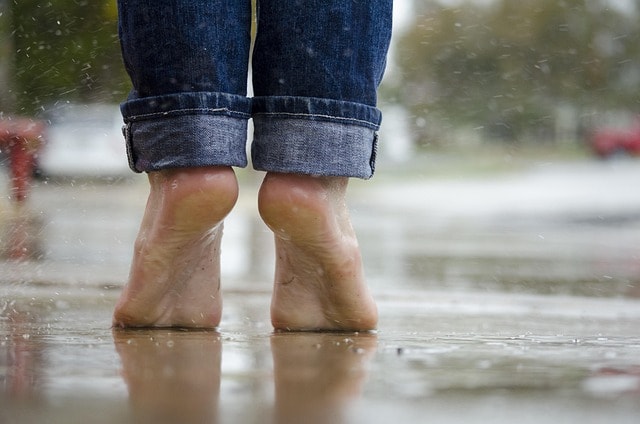
Walking Barefoot on Natural Surfaces
One of the simplest and most powerful practices is walking barefoot on grass, soil, or sand. This allows the bottom of your foot to make direct contact with the earth’s surface, activating the plantar fascia naturally. Even a few minutes a day can encourage a noticeable decrease in stiffness and help retrain the fascia to handle body weight without strain.
If you have flat feet or severe fasciitis pain, start gently — short sessions reduce risk of further injury.
Using a Grounding Mat or Earthing Sheets
For those who can’t spend much time outdoors, grounding products bring the earth’s energy indoors. A grounding mat placed under your desk or by your bed connects your human body to the earth through a cord inserted into a grounded wall outlet or ground rod.
Sleeping on earthing sheets ensures hours of connection while the plantar fascia rests, giving your body a chance to reduce pain and repair connective tissue overnight. Many report better sleep, less morning heel pain, and more dramatically healthier recovery cycles when sleeping grounded.
Supportive Footwear and Grounding Shoes
If supportive shoes are essential for healing, grounding shoes are a natural upgrade. Built with conductive elements in their soles, they allow the bottom of your foot to stay connected to the earth’s energy even while wearing shoes.
This means you can combine the stability of supportive shoes with the benefits of grounding, reducing pressure on the plantar fascia throughout the day.
Complementary Care for Faster Healing
Combine grounding with:
-
Stretching exercises for the calf muscles and plantar fascia.
-
Strengthening exercises for the foot and calf muscles.
-
Rolling a frozen water bottle under the arch to relieve inflammation.
-
Wearing shoe inserts if you have flat feet or abnormal arches.
-
Following guidance from a physical therapist to avoid further injury.
This combination creates the strongest path toward long-term relief.
The Emotional Connection to Plantar Fasciitis
Stress and the Autonomic Nervous System
Living with fasciitis pain is not just a physical challenge. It can trigger stress, worry, and frustration. Many patients report feeling “stuck,” as if the pain keeps them from moving forward in life.
The autonomic nervous system plays a key role here. Chronic stress raises cortisol, which slows healing in the plantar fascia. Grounding calms the nervous system, helping to reduce stress and restore balance. This may explain why many people report feeling emotionally lighter after practicing grounding.
Chronic Pain and Quality of Life
Unresolved chronic pain from plantar fasciitis can lead to chronic fatigue, poor sleep, and even social withdrawal. Grounding not only supports blood flow and immune response, but also provides a sense of connection to nature and comfort that benefits mental well-being.

Restoring Balance With Grounding
Plantar fasciitis is one of the most common causes of heel pain, but it doesn’t have to control your life. By understanding how the plantar fascia works and why inflammation develops, you can take meaningful steps to both treat plantar fasciitis and prevent plantar fasciitis in the future.
Grounding adds a unique dimension to healing. By reconnecting the human body to the earth’s surface, it supports blood flow, calms the immune response, reduces chronic inflammatory stress, and restores balance to both body and mind.
Whether you choose to walk bare feet on grass, sleep on earthing sheets, or use a grounding mat, grounding is a safe, natural way to reduce pain and help the plantar fascia recover.
At Earthing Harmony, we believe healing is about more than just being pain free. It’s about reconnecting with nature, restoring well being, and allowing the human body to thrive again — step by step.

FAQs About Plantar Fasciitis, Heel Pain, and Grounding
1) Do grounding shoes help with plantar fasciitis?
Yes. Grounding shoes allow the bottom of your foot to stay in direct contact with the earth’s surface while also providing arch support. For those with heel pain, this helps reduce pressure on the plantar fascia, improve circulation, and speed recovery.
2) What is the fastest way to relieve plantar fasciitis pain?
The quickest relief usually combines:
-
Grounding practices such as sleeping grounded on earthing sheets or using a grounding mat.
-
Stretching exercises and strengthening exercises for calf muscles.
-
Wearing supportive shoes or shoe inserts.
-
Rolling a frozen water bottle under the bottom of your foot.
-
Following advice from a physical therapist.
This holistic approach reduces inflammation and supports the recovery of healthy tissue in the plantar fascia.
3) What emotion is connected to plantar fasciitis?
While modern science focuses on the connective tissue, many holistic traditions connect foot pain to feelings of fear, stress, or being unable to move forward in life. Grounding helps release these emotions by calming the autonomic nervous system and creating a deeper sense of stability.
4) What finally cured my plantar fasciitis?
Relief comes from combining multiple approaches. For some, supportive shoes and physical therapy were enough. Others needed a walking boot or walking cast to protect the fascia.
For many people, the lasting solution came when they added grounding: using earthing sheets, walking bare feet on grass, or practicing grounding daily. This combination helped reduce fasciitis pain, improve blood flow, and support the immune response until they felt completely pain free.





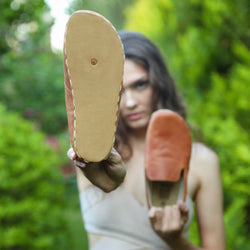
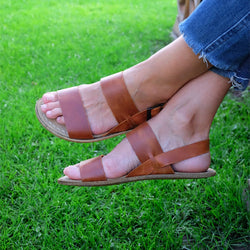
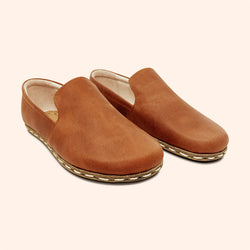 Shoes
Shoes
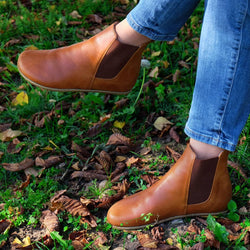 Boots
Boots
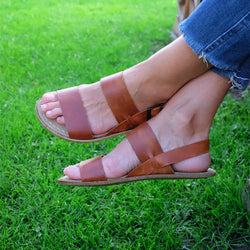 Sandals
Sandals
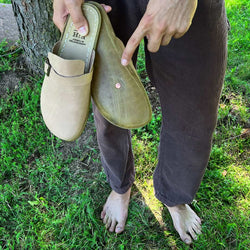
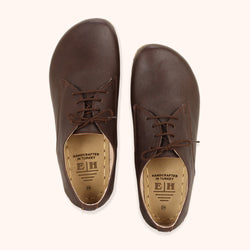 Shoes
Shoes
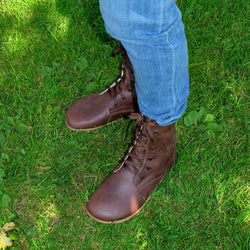 Boots
Boots
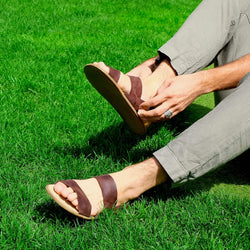 Sandals
Sandals
